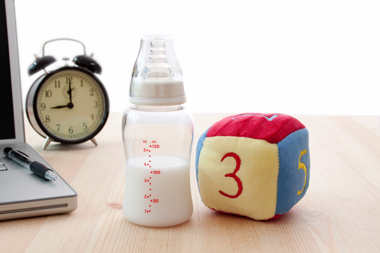Sitting down and reflecting on the last three years to write a personal blog, there is such al lot that I could write and probably should write about – the partnerships and the work that has been developed, the risks that have been taken and the learning that has been gathered. But pleanty of words have been dedicated to this.
Instead I want to concentrate on the Bridge North East Team – this amazing bunch of people whom I have had the absolute pleasure of working with over the course of three years, whom have taught me so much.
Very few of us work in complete isolation and all too often we forget that sitting on the desk next to us or across the office are peers and colleagues who have an amazing amount of knowledge, wisdom, experience and talent that is different to our own and that we can learn so much from. We see these people day in and day out, and its when you realise that you aren’t going to be working with these people any more that you appreciate what an absolute gift you have been given.
It’s not just about different skills though, its about what can be achieved when all this different skill and knowledge is pulled together, working towards the same outcome or a shared goal. For the last three years I have held the position of ‘Head’ of Bridge North East and speaking really honestly it is a job title that I have struggled with; its not the responsibility that has made me feel uncomfortable it is the fact that the work of the Bridge North East has been delivered as a team. A team who have supported and carried one another, challenged each others thinking, supported long term strategy planning, shared concerns and shared successes.
At a recent away day the team put a sticky wall up and plotted out the work of Bridge North East over three years – it was chokka block full – full of ups and downs, highs and lows. This exercise is called ‘The Wall of Wonder’. We stepped back, all of us and it genuinely was wonderful. Across the team, there was a palpable sense of really great achievement.
So what will I take with me from my time with the Bridge North East team – ask for help, take a risk, share your thoughts, share your concerns, be kind to one another, share the vision and always always have a kettle, a never ending supply of tea and coffee and lottery kitty, just on the off chance.
Never stop investing in your team, they are the greatest asset.





